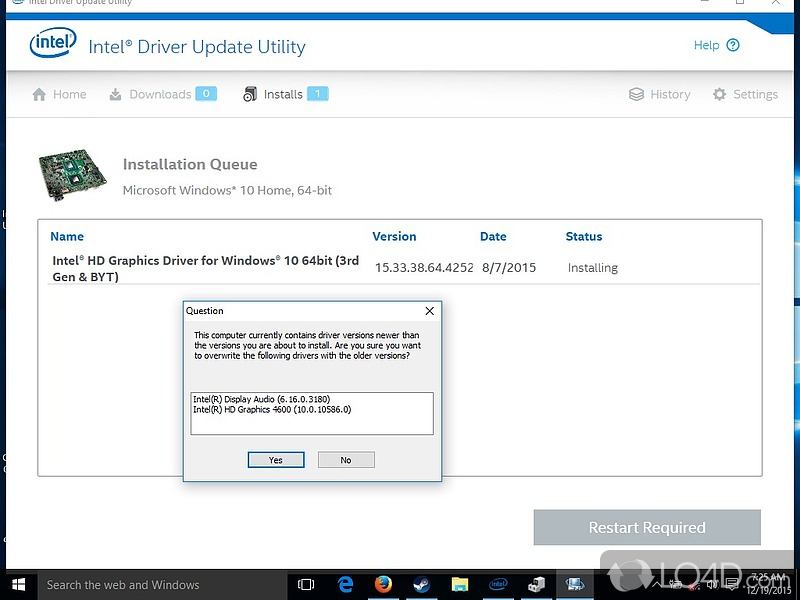

In a production environment, you must activate Windows. KMS treats each activated clone as a computer with a newly issued license.
#Windows 10 nview license key#
Important: Use an OS version that has a Microsoft Windows volume license key using the Key Management Service (KMS). If you have a different OS version, some screens might look slightly different, but in general they are quite similar. Note: Most screenshots in this guide are from Windows 10 21H1. For a complete list of supported Windows 10 operating systems, see the VMware knowledge-base article Supported versions of Windows 10 on Horizon Agent Including All VDI Clones (Full Clones, Instant Clones, and Linked Clones on Horizon 7) (2149393). All operating systems were tested with all updates available as of mid-June 2021. Only 64-bit operating systems were tested, but any 32-bit operating system that has a corresponding 64-bit version listed should work in the same way. The table shows the example sizing and login duration that we achieved in our testing. The following operating systems have been tested using the procedures included in this guide. In addition, to reach a higher consolidation ratio, increasing the number of VMs hosted on a single VMware vSphere ® host, VMware recommends turning off features that are not needed. Therefore, with virtual desktops, one-time system actions must be configured in the base image, and one-time user actions must be configured in the default user profile.

When using nonpersistent VMware Horizon ® VMs or user profiles, the actions that are intended to run only once could run every time a user logs on. Virtual desktops – In contrast, in a virtual environment, the guest operating system behaves as if it has exclusive access to the CPU cores, but in reality the cores are shared between 2 to 8 virtual machines.For example, a user typically gets a new user profile the first time they log on, and they continue to use that same profile with all subsequent logons. One-time actions impact the user only the first time they are performed because the machine is never refreshed. The operating system on a physical machine determines whether or not resources are available. Physical desktops – Resource usage on a physical machine impacts only the user who is using that machine.
#Windows 10 nview update#
Update Windows as Part of Day-2 OperationsĬonsiderations you must take into account when creating a Windows system image are different if you plan to deploy virtual desktops rather than physical desktops:.Turn Off Hardware Graphics Acceleration in Commonly Used Applications.Add Users to the Local Remote Desktop Users Group.Create OUs and User Groups in Active Directory.Remove Virtual Hardware Devices That You Do Not Plan to Use.Optimizing the Virtual Machine Hardware.
#Windows 10 nview install#
Install the App Volumes Agent in vSphere-Based VMs.Use the OSOT Finalize Tab to Perform Final Cleanup Tasks.Use the OSOT Generalize Tab to Run Sysprep.Analyze and Optimize the OS Using Customizable Templates.Running the OS Optimization Tool to Optimize, Generalize, and Finalize the OS.Import a VM in Horizon Cloud on Microsoft Azure.Creating a VM in Horizon Cloud and Installing Agents.Install the Dynamic Environment Manager Agent.Installing Virtual Desktop Agents and Applications in a vSphere-Based VM.Using Automation to Create an Optimized Windows Image.


 0 kommentar(er)
0 kommentar(er)
